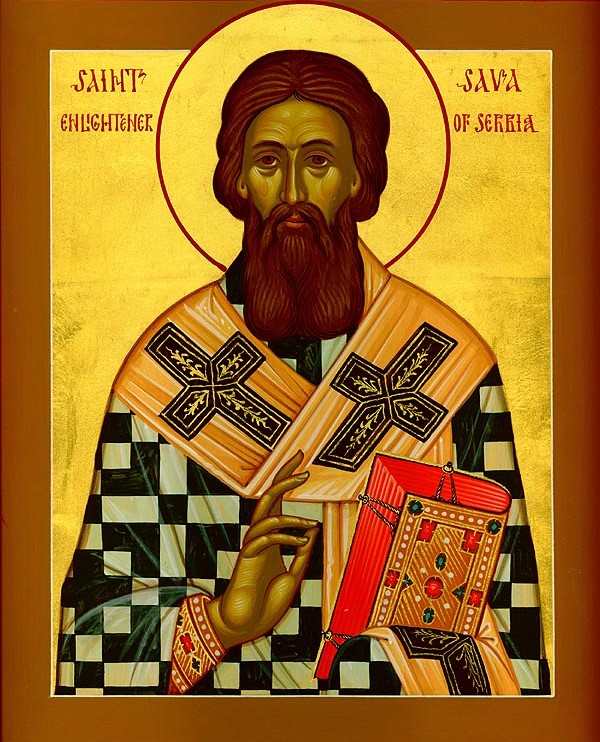Serbia

The 12th century witnessed the emergence of the nation of Serbia through the efforts of the Grand Zupan Stephan Nemanya (1113–1200). Nemanya’s third son, Rastko (c. 1175–1235), at the age of 17, fled the life of the court to become a monk on Mount Athos. In monasticism he was given the name Sava, after Saint Sabbas of Jerusalem. He was destined to become the great national saint and leader of the Serbian people as the first archbishop of Serbia.
In 1196 Stephan Nemanya abdicated the throne and joined his son Sava on Mount Athos. There he was tonsured a monk with the name of Simeon. The Byzantine emperor Isaakios II Angelos gave the Serbian father and son the monastery of Hilandar on Mount Athos, which remains today the Serbian monastery on the Holy Mountain. Some time after Saint Sava’s father died in 1200, his relics began exuding myrrh, and they began to flow with myrrh again after Saint Sava took them to Serbia in 1208. Hence, when he was glorified as a saint by the Church, he was given the name Saint Simeon the Myrrh-flowing.
